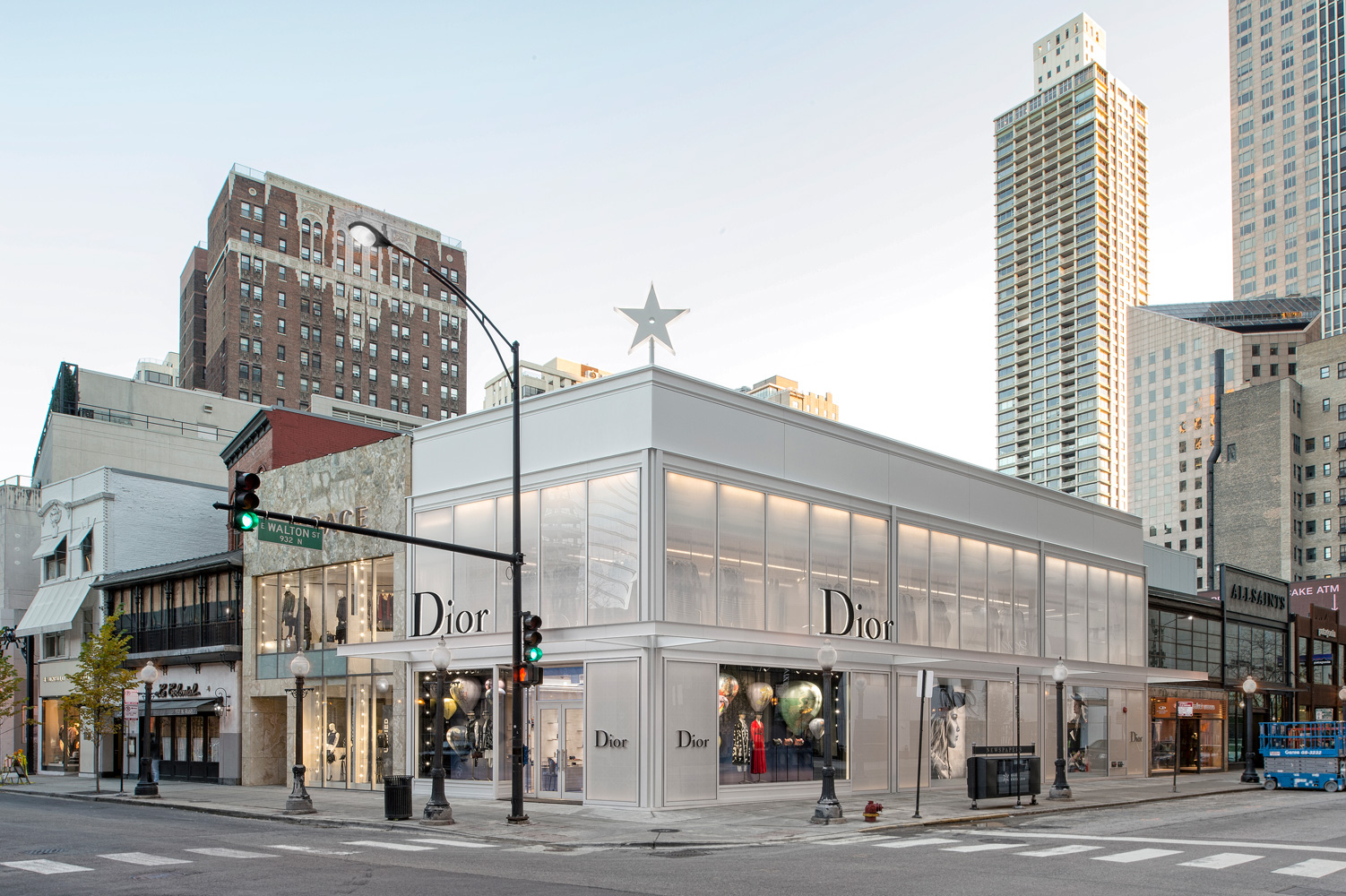US GLASS EDITOR ELLEN ROGERS TAKES A LOOK AT THE TRENDS IN STOREFRONT & ENTRANCE PROJECTS AND HOW PERFORMANCE & AESTHETICS ARE DRIVING NEW DEVELOPMENTS.
AGNORA fabricated Insulated Glass Units up to 146″ in length, laminated, tempered, and digitally-printed.
FROM THE ARTICLE: AGNORA WEIGHS IN ON TRENDS AND THE STOREFRONT EVOLUTION.
ELLEN ROGERS FOR USGLASS MAGAZINE: 2017 was a tough year for retail. Store closures last year increased 229 percent from 20161, with major U.S. retailers closing nearly 7,000 stores. That’s the highest recorded rate of closures—exceeding even the annual store closure count during the global economic downturn. That decline is also evident on the construction side. ConstructionConnect reported that for June 2018, the retail/shopping segment was down 16.7 percent for the first six months of the year. While the retail numbers may be down, there are still opportunities for growth in the use of storefronts and entrances. Even with an increasing number of brick and mortar closures, the storefront and entrance projects that are underway are emerging with new features that center around drawing in consumers and occupants—and use lots of glass.
If you want to bring people inside a space, one of the best ways to do so is to create a bright, open and transparent environment. Alison Smith, marketing manager with Architectural Glass North America (AGNORA) in Collingwood, Ontario, says when it comes to retail environments the biggest push for innovation often falls on the shoulders of the brand’s flagship stores. “Retailers now think more about the customer experience and product interactions,” she says. “The Samsung Experience Store, for example, allows customers to explore and discover their products through experiences. The initial impact of the brand happens at street level with the storefront, and Samsung’s facade clearly reflects that strategic planning.”
BEYOND JUST BIGGER
Jumbo sized glass has become popular in these applications. According to Jeff Wilkins, vice president of operations for AGNORA, big, clear glass is being used increasingly in storefront applications. “The challenge with solar control [darker glass] is that, as you go bigger in size, you lose visible light transmittance (VLT). [We’ve seen that] the addition of the anti-reflective element helps in solar control and reduces reflection, which significantly improves the vision through the storefront.”
In addition to bigger sizes, James Cole, AGNORA senior project manager, says they’ve also seen more digital frit and patterns on storefront applications, particularly on high-end retail stores. “Whether it’s a border/perimeter image or a faded white, we’re just seeing more of it,” says Cole, who explains the images are often a perimeter frit, which helps to clean up the IG sightline. One recent project they did was the new Dior store in Chicago, where the storefront glass was almost entirely printed, so it was difficult to see inside. “That’s an unusual request,” says Cole, adding that while most retail
owners want transparency to the inside, there are those who want to incorporate exclusivity and privacy.
As the demand for large-sized continues to grow, Cole says it will be important to remember these projects bring a certain level of complexity.
“The size of the glass ties back to the capabilities of the fabricator and the contract glazier—when the glass gets big and heavy, the quality of the fabricator and installer are critical for success.”
Read the entire article here: US Glass Magazine September Issue: Stores You Can’t Ignore




